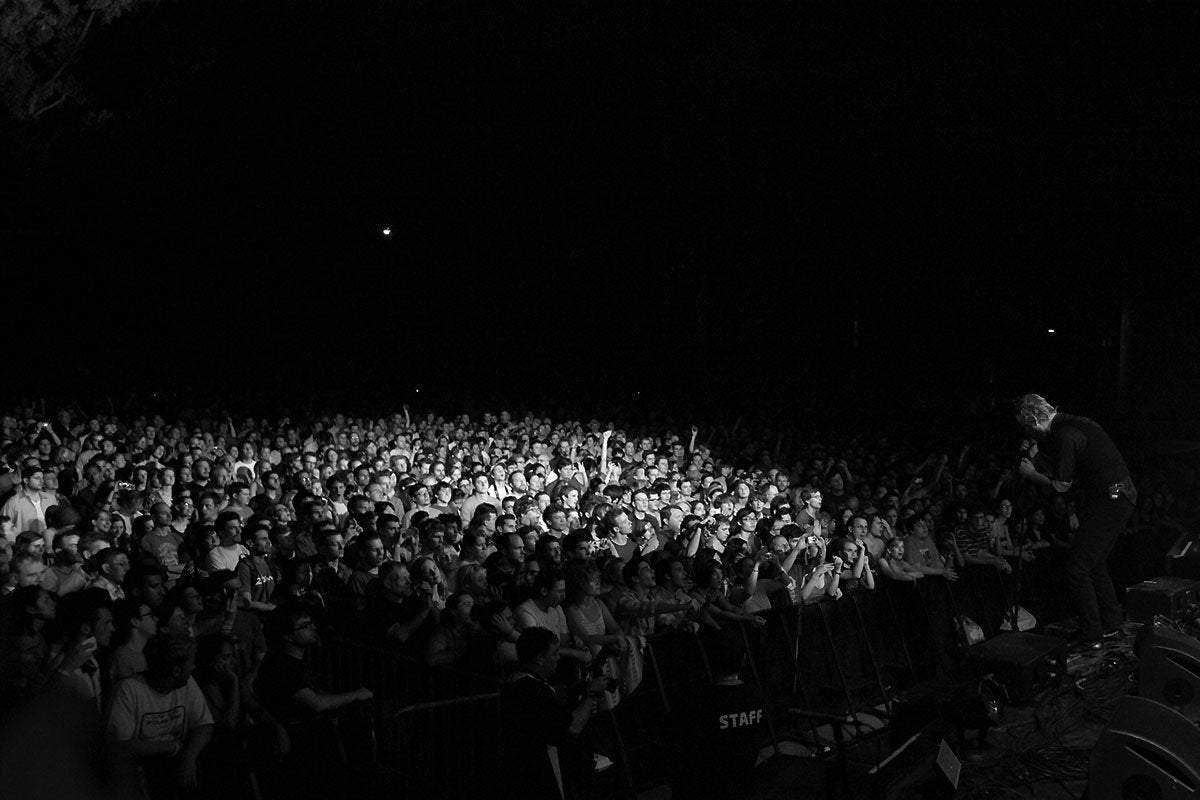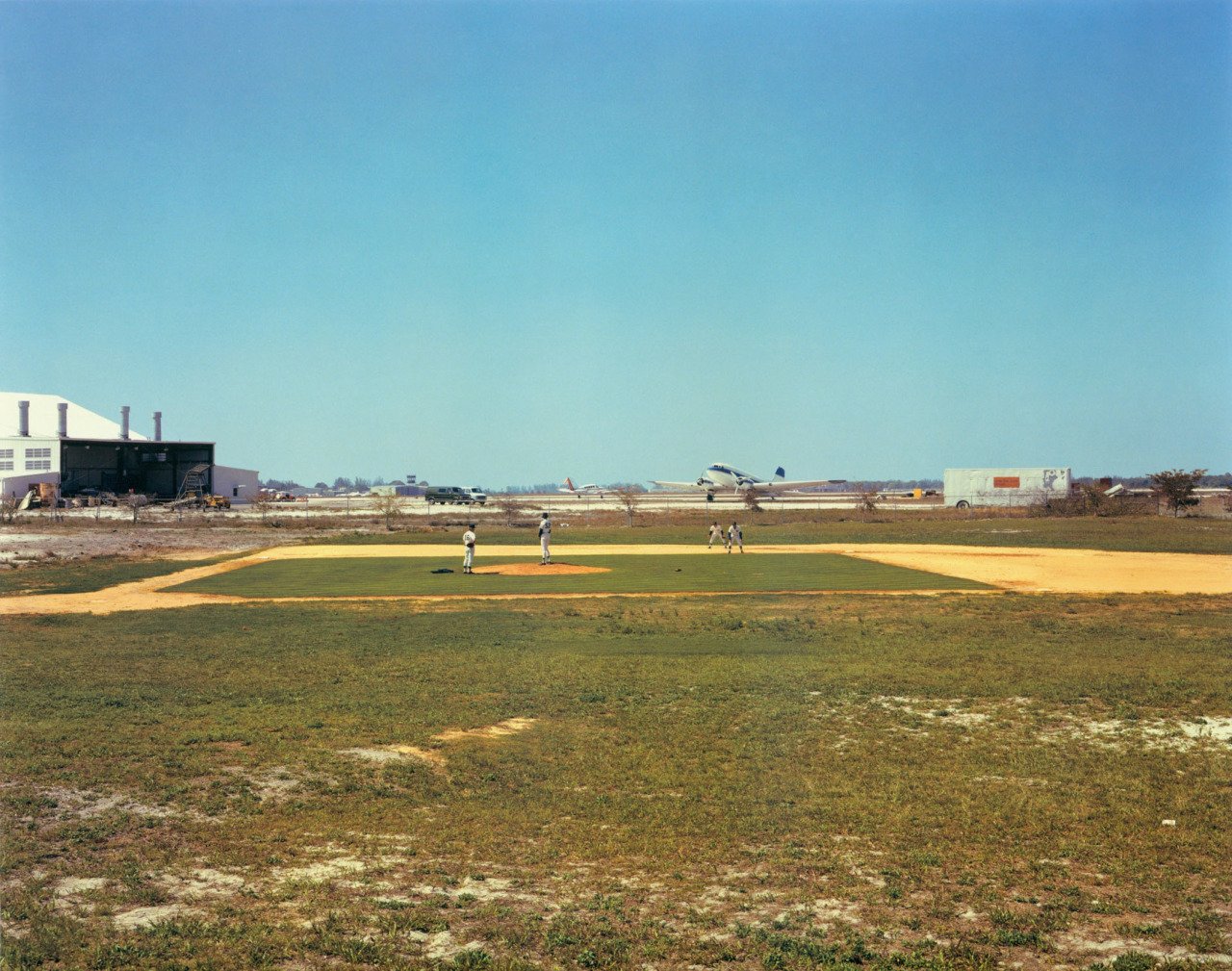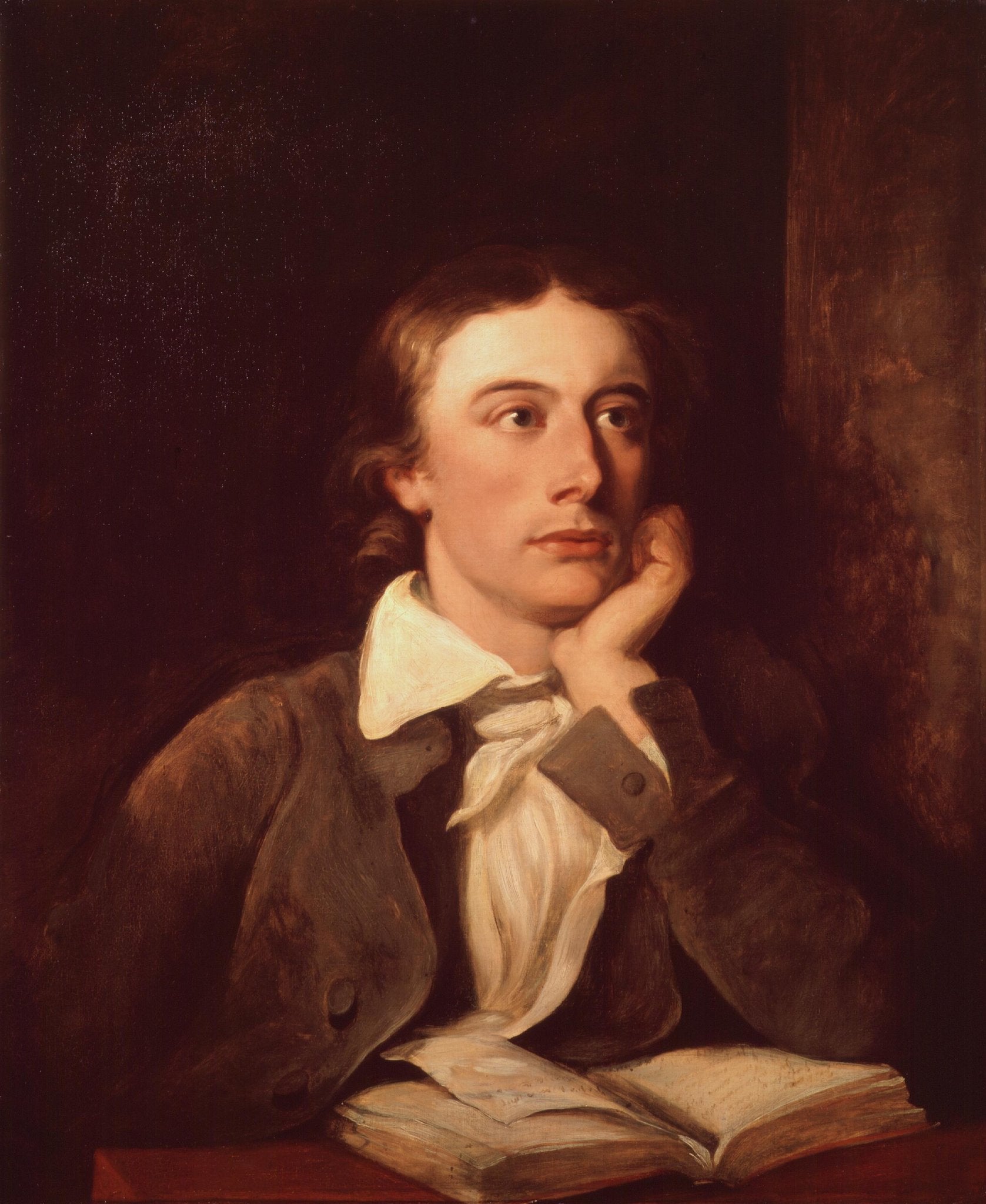
Artifacts and moments
This past June, I went to see The National in Brooklyn’s Prospect Park, near my home. It was a pretty great show. Now I know that their music is not to everyone’s taste. Some intelligent (although ultimately unpersuasive) articles have been written about not liking the band, and, interestingly, musicians seem particularly strongly opinionated. Based on entirely anecdotal evidence, I believe that among their fellows, The National are quite highly regarded by those more famous than they, and rather less highly regarded by those not quite as popular.
Anyway, really, the show wasn’t “pretty great.” It was completely 100% gorgeous: a couple hours plus of sustained intensity delivered via a big almost-orchestral rock’n’roll that’s not ashamed to get you dancing in that white-boy indie way that I favor.
But this is not meant to be a review. Rather, what I want to talk about starts with the thing that struck me most that night: how the songs on The National’s most recent record, Trouble Will Find Me, were rendered in concert. Because I’d liked the record just fine, and had played it tons, but it had never connected with me in the way that the previous LPs had. That is, until I heard the newest songs played live. Specifically, I heard new urgency in the moments that had seemed languid on the recording, while all the space was maintained for the drama to properly unfold. But I don’t mean for that kind of stuff to be my point either.
What I’m getting at is that the latest songs were substantially changed for me once experienced in a different (i.e., the live) context. As I was walking home, I wondered: Is there a similar thing with photography, where experiences of the same pictures in varying contexts can change one’s perceptions of them? I think so, yeah.
There are of course obvious differences. Remember that moment on Miles of Aisles (I sincerely hope that you’ve heard this record) when Joni says, in response to shouted requests, “That's one thing that's always, like, been a difference between, like, the performing arts, and being a painter, you know. A painter does a painting, and he paints it, and that's it, you know. He has the joy of creating it, it hangs on a wall, and somebody buys it, and maybe somebody buys it again, or maybe nobody buys it and it sits up in a loft somewhere until he dies. But he never, you know, nobody ever, nobody ever said to van Gogh, ‘Paint a Starry Night again, man!’ You know? He painted it and that was it.”1
But! We (or at least I) do go to see “The Starry Night” again and again. I may not go to MoMA expressly for that purpose, but I am never disappointed by revisiting that painting, or “Les Demoiselles d'Avignon,” or pretty much anything else in that museum’s permanent collection. One of the truest pleasures of living in New York City is the ability to experience in person works that were only available to me in books for my first 30 years.
And yet books are the primary way that I experience photographs. Moreover, they are the primary way in which I wish to experience photographs. Which, finally, is getting at what I mean to talk about. Because maybe – hang with me on this – books are photographers’ versions of LPs (the artifact) and exhibitions or installations are our equivalents of live shows (the moment). And our independent experiences of the artifact and the moment can modify each other and lead to a new conception of the work.
I want to use the work of Alec Soth to play this thought out, because he has a number of well-known books and a substantial exhibition history. (And also because he’s a nice guy and won’t be too mad at me if I get something wrong.) My first experience2 with Soth’s work was at Yossi Milo – back when the gallery was across from Gagosian on 24th, up that narrow staircase – when they showed images from Sleeping by the Mississippi. The prints were large but not massive, easily big enough to express every detail from the 8x10 negatives.3 After spending some time with the photographs, I was pleased to find a stack of copies of Sleeping at the desk. I got one.4 When I cracked it open back at home, the prints I had seen at the gallery did a new little song and dance. There were more photographs in the book than there were on the wall, so they had new and different neighbors to interact with. Themes that I didn’t catch at the gallery now infused most every picture. And well, you get the idea: the pictures I’d seen were made different, and new. But here’s something maybe weird – I projected all of the pictures back to the same size range as I’d seen in the gallery. I mean to say that the photographs sort of escaped the book in my experience.
Contrast this with my later experience of Broken Manual, a book I owned for well over a year before the pictures in it were shown at Sean Kelly. Given that length of time, and its very nature, Broken Manual was pretty much sealed up for me as book qua book. True to the title, it’s an instructional manual – a type which generally defies excerption. You need the whole manual, precisely in the order it’s in, to get much out of any unfamiliar machine. Fortunately for the show, manual as metaphor does allow for abridgement. The prints were terrific, and there was much to consider regarding the deliberation with which pictures from the book were chosen, how large they were presented in relation to one another, and in how they were spaced. Alec even went three-dimensional with an installation that reinforced the furtive and fragmented mind of his collaborator Lester B. Morrison.
It was a successful show. And yet the Broken Manual in my mind stubbornly resisted any change or expansion (or contraction, for that matter) in light of the gallery experience. I mean this entirely neutrally; there is nothing necessarily good or bad about this. But still, for me, there was no escaping the book for those pictures.
Less unscathed was the ur-photobook The Americans (and let the debate about urness begin in earnest; to my mind, it could only be American Photographs if not The Americans) in the exhibition “Looking In,” and the hefty publication of the same name. Here were the photographs from Robert Frank’s definitive statement, along with a whole lot of contextual material. What appeared at first to be a fix for the Frank junkie ended up being an intervention of the sort in which you’re force-fed so much of the stuff you crave that you end up never wanting to lay eyes on it again. Which, don’t get me wrong, I saw the show twice and bought the deluxe version of the catalog. Yet, it made me a little queasy to see contact sheets and different crop marks for different editions of The Americans; as fascinating as it was to glimpse Frank’s (ongoing) working process, it sort of killed the magic a little, too. Now of course, this sort of historical/contextual exhibition is different in kind from contemporaneous shows like Soth’s. Still, I find it instructive.
So here’s where I’m glad that I don’t mind if essays don’t necessarily come to entirely cohesive conclusions, even though it’s great when they do. I think the artifact/moment metaphor kind of works for photography books and exhibitions, even if it’s not always true that one impacts the experience of the other or vice versa.5 One or the other may be recalcitrant, and perhaps all to its benefit. More research must be done; I request the immediate (and conveniently located, please) exhibitions of prints from works that currently exist for me only as books; let’s say The Pond and Treadwell and Redheaded Peckerwood. That should get us started.
1. And quoth Q-Tip: “Joni Mitchell never lies.”
2. I’m fudging a little here. I really should note that my first experience with the work was online. I had become e-mail friends with the photographer William Greiner, who tipped me off to Soth. It’d be a whole other (important) essay to talk about experiencing photography on websites or tumbls &etc.
But I want to relate one story about experiencing visual arts online, because I find it particularly instructive. You may have heard about the web-based study in which people could not reliably distinguish between paintings made by Abstract Expressionist masters and those made by children, or chimpanzees, or elephants or whatever creature was meant to embarrass anyone who sees value in the AbEx works. That part of the story was somewhat widely reported. What’s less well known is that some perceptive and clever person replicated the experiment with actual paintings, experienced in person. Suddenly, the masterworks were easy to identify.
3. I most often see little or no reason for excessive print size, but sometimes tiny details are the whole game. In the Philip-Lorca di Corcia show of Hustlers at Zwirner last year, there was that one image with a paper Pepsi container in the foreground. In book reproductions, you can’t see that there’s copious condensation on the cup. But that super-sexy sweat in the big print sends its literal and metaphoric temperature through the roof.
4. If I had kids, this signed first edition would constitute their college fund. I am really glad not to have bred.
5. And just writing this has made me realize a pretty significant difference in the degree to which I desire the moment, with music at least: I will go to great lengths indeed to secure tickets and a good up-close vantage point for concerts, but I can’t imagine summoning the same enthusiasm for an exhibition of photographs. Probably because they’re not one night only, so I don’t have to. But still.



